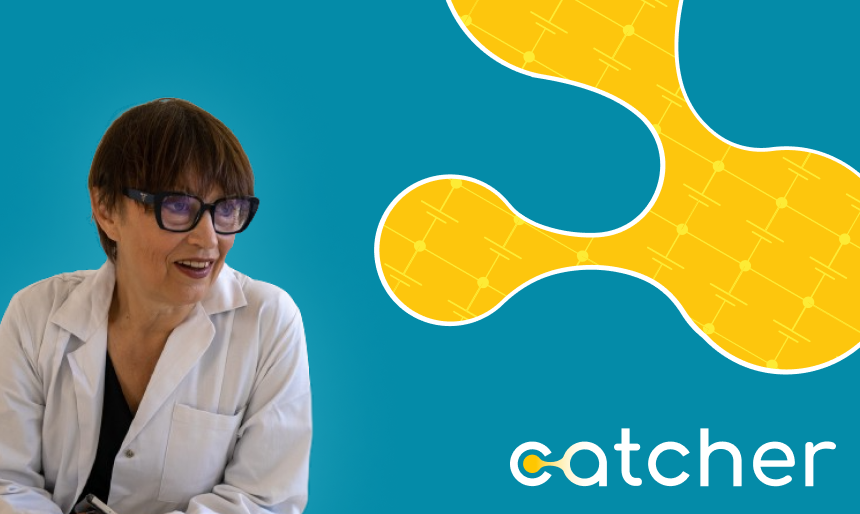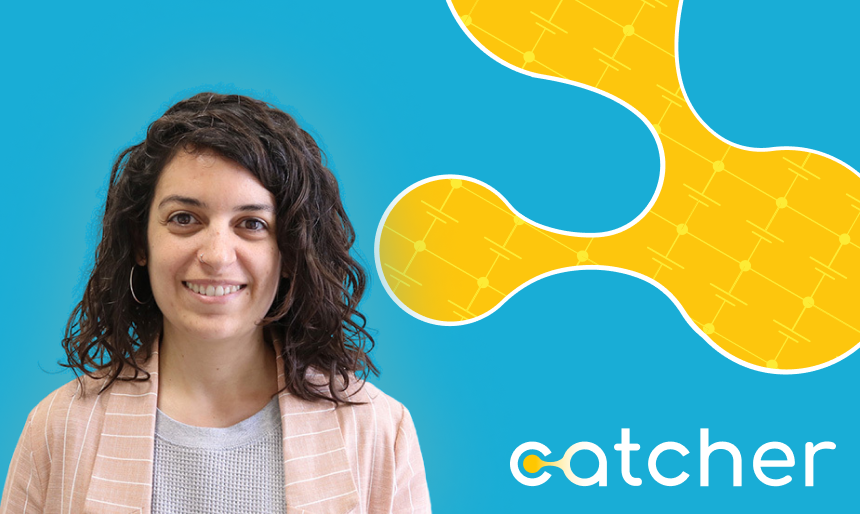
Meet the Team Interview: Irina Martin
Meet Irina Martin, who is a key staff member of the SME NANOTECH from Ukraine and is a Partner in the CATCHER project.
Firstly, tell us a bit about your organization
SME NANOTECHCENTER LLC (UA) (http://www.ntc.co.ua) is a spin-off company established at the Frantsevich Institute of Problems of Materials Science of the National Academy of Science Ukraine commercializing Intellectual Property Rights from the Institute. The company was founded in October 2014. The founders of the company reviewed the submitted business plan for the production of nanosize powders of various substances and compounds. Nowadays, the company exploits three machines with annual productivity of 30 metric tons of nanopowder per unit. The company has developed a laboratory and pilot-scale equipment for the production of nanoscale carbon onions. Presently the NTC LLC has employed 20 skilled (2 Prof., 7 Ph.D.) and junior scientists in staff. The company is located in leased areas of 205 sq.m. of the Institute. The company exploits a pilot-industrial shop with an area of 200 sq.m. for the production of the fuel additives.
What is the motivation behind your organization getting involved in the CATCHER project?
SME NANOTECH, as a member of CATCHER, will collaborate with its (i) Technical teams from SME NRD from Poland and SME CASCATACHUVA from Portugal in the advancement, optimization and scalability of “humidity to electricity” developed technology; and with its (ii) Innovation Management teams of ULusofona from Portugal and SME SYNYO from Austria. That is the major challenge and motivation behind the participation of such project.
How is CATCHER different from other projects that are developing a renewable energy conversion technology?
The CATCHER innovative technology enable a direct conversion of the atmospheric humidity into the electricity will be able to bring new source of the renewable energy (which is water molecules in the air) to its practical usage for the benefits of the mankind. Furthermore, taking into consideration the fact, that Renewable Energy Hybrids are the solution to a reliable, affordable and dispatchable integration of renewable energies, driving the transition to a clean energy future; by integrating renewable energy generation sources (such as Atmospheric Humidity with Solar and/or Wind), competitive green MWhs can be enabled through intelligent plant and system design, software & controls and synergies.
What do you hope to achieve through the project?
We hope that our Consortium forces allow us to elaborate a realistic energy Alternative to fossil fuels at an affordable price; and like that to bring the functional benefits: on (i) reduced dependence on traditional energy sources; (ii) deduction in electricity costs; (iii) increased savings; (iv) budget- conscious solution.
What do you see is the greatest challenge in the renewable energy sector?
Regulation for the new sources of Renewable Energy development, exploitation and use for the Energy supply, i.e. for the full chain from manufacturing to distribution. Namely, diverse array of legal issues associated with renewable energy development, ranging from atmospheric humidity rights and resource protection; various policy questions that continue to impact the renewable energy sector, including debates about the propriety of renewable energy subsidies. Regulation toward greater energy independence and security to protect the consumers. Increase production of clean energy via development and regulation of the hybrids renewable energy solutions to improve the overall energy performance in renewable fuels sector. Energy supply decentralisation aspects.
What do you personally find most interesting about the CATCHER project?
To achieve the collective dream of humanity to get “ENERGY out of AIR” for the humanity wellbeing and the goals set out in the European Green Deal.


